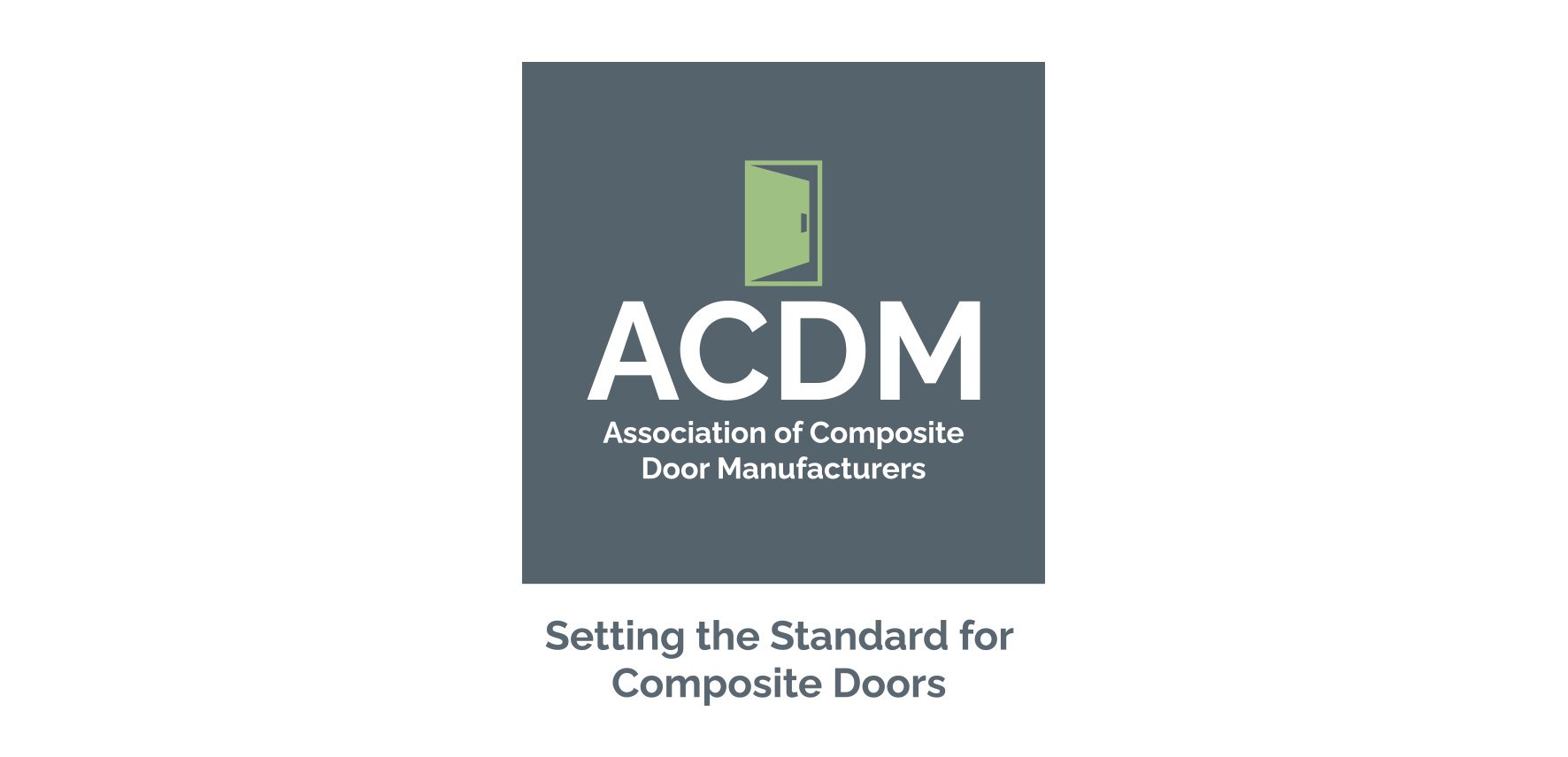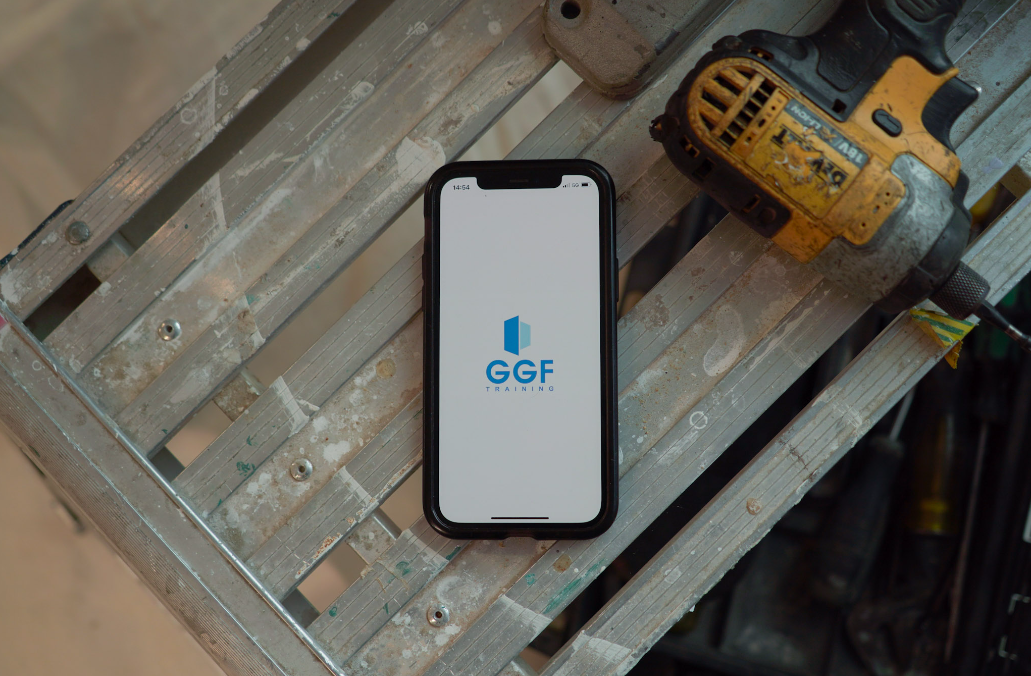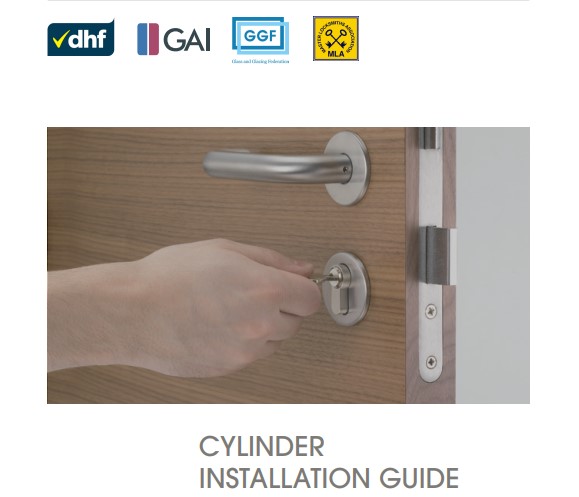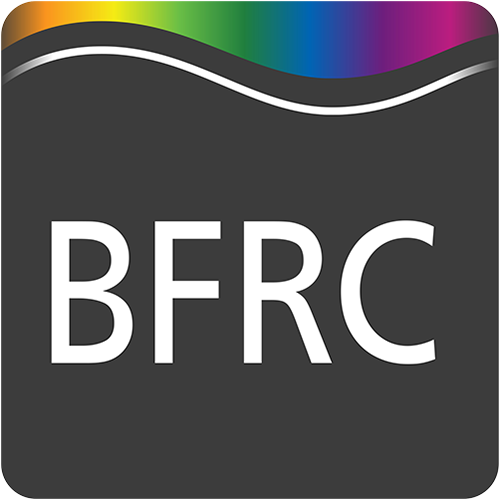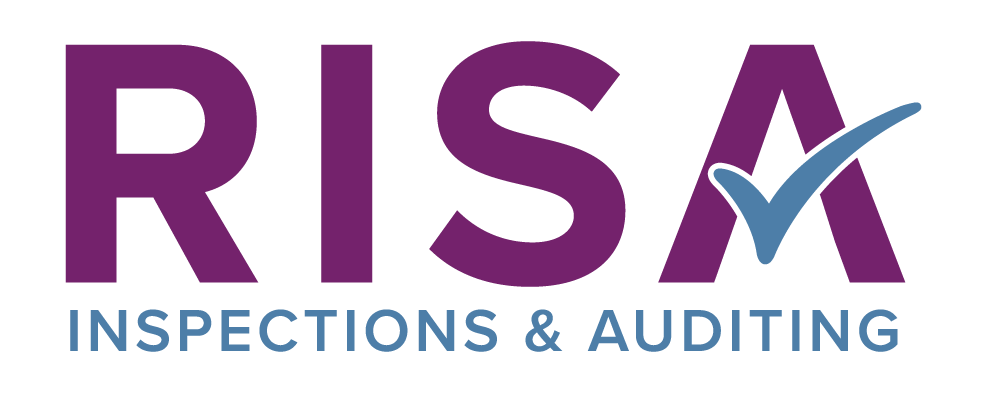PAS 24 Consultation: Enhanced Security Performance Requirements for Doorsets and Windows in the UK
In April, a PAS 24 Enhanced security consultation went live, and the proposed changes aim to address new methods of break I n that target door cylinders.
There are some changes to the wording that require more information and checks on the finished products also included in the consultation.
This becomes an important factor for all fabricators when we consider the expected extension to scope for Approved Document Q – Security in Dwellings that will, in the near future, look to include domestic replacement product within its scope.
This Product Assessment Specification specifies test methods and acceptance criteria relevant to the enhanced security performance of doorsets and windows, intended to resist attack normally associated with the casual or opportunistic burglar. It is applicable to doorsets and windows listed in a) and b) below. Standard loading cases for use with Annex B and Annex C have been prepared for the following products.
a) Windows: singular and multilight:
- top hung, side hung, bottom hung, butt hinged;
- top and side hung projected;
- top hung and side hung fully reversible;
- tilt and turn and turn and tilt;
- vertical and horizontal sliding;
- fixed and fixed casements (dummy vents);
- parallel opening;
- double opening (French windows);
- vertical and horizontal pivot.
b) Doorsets:
- single and double leaf;
- single and double swing;
- hinged;
- sliding (single and multi-track);
- pivot;
- folding sliding (single and multi-track);
- stable;
- with or without integral side panels and fanlights.
The date for closing remarks is the 8th of June. You are able to do so on the ‘Standards Development Portal’ on the BSI website, via the button below.
The GGF Technical team have created a document with further information. Please click the button below to view or download.
Instructions on how to respond to the consultation are contained within the presentation summary as well as detail about the requirements of Approved Document Q.

 Emergency Glaziers
Emergency Glaziers GGF Shop
GGF Shop MyGlazing.com
MyGlazing.com Find a GGF Member
Find a GGF Member
